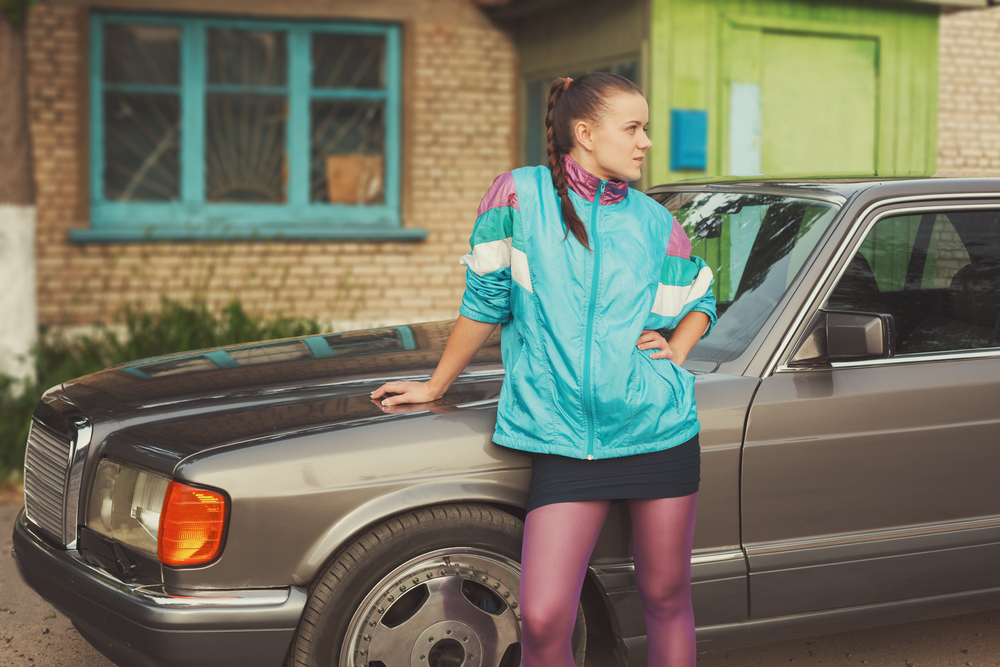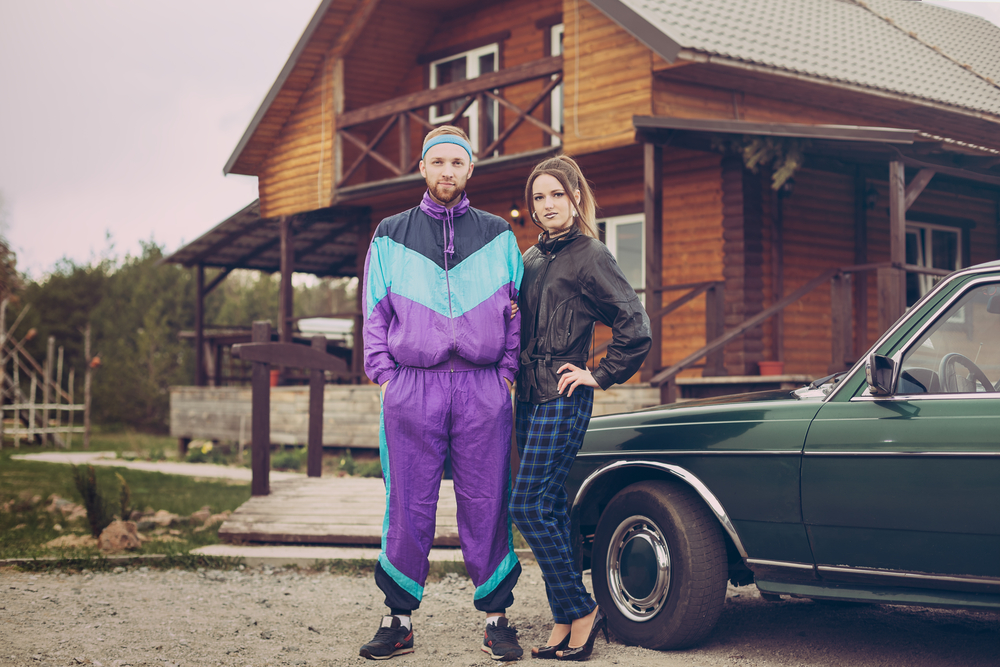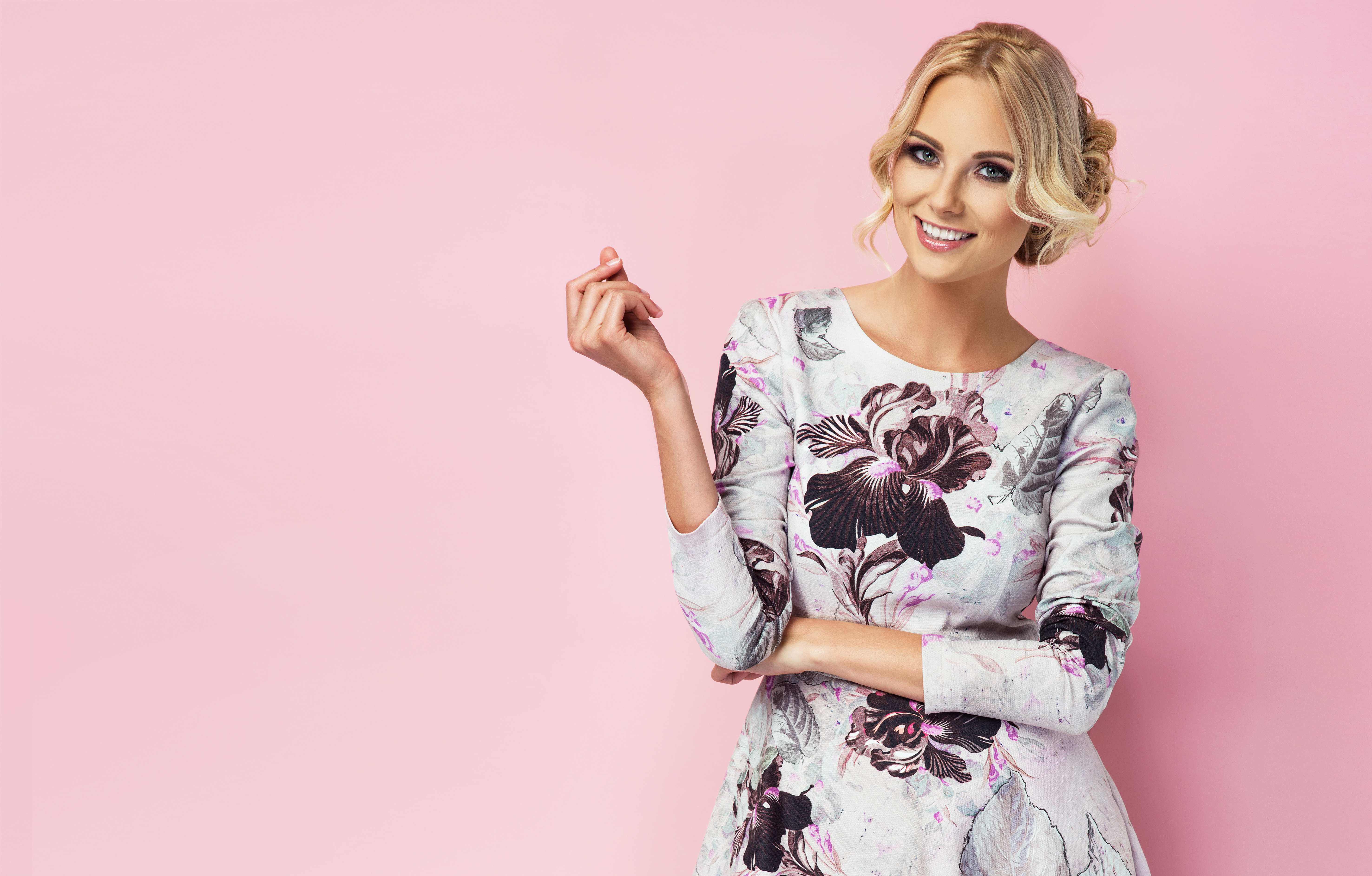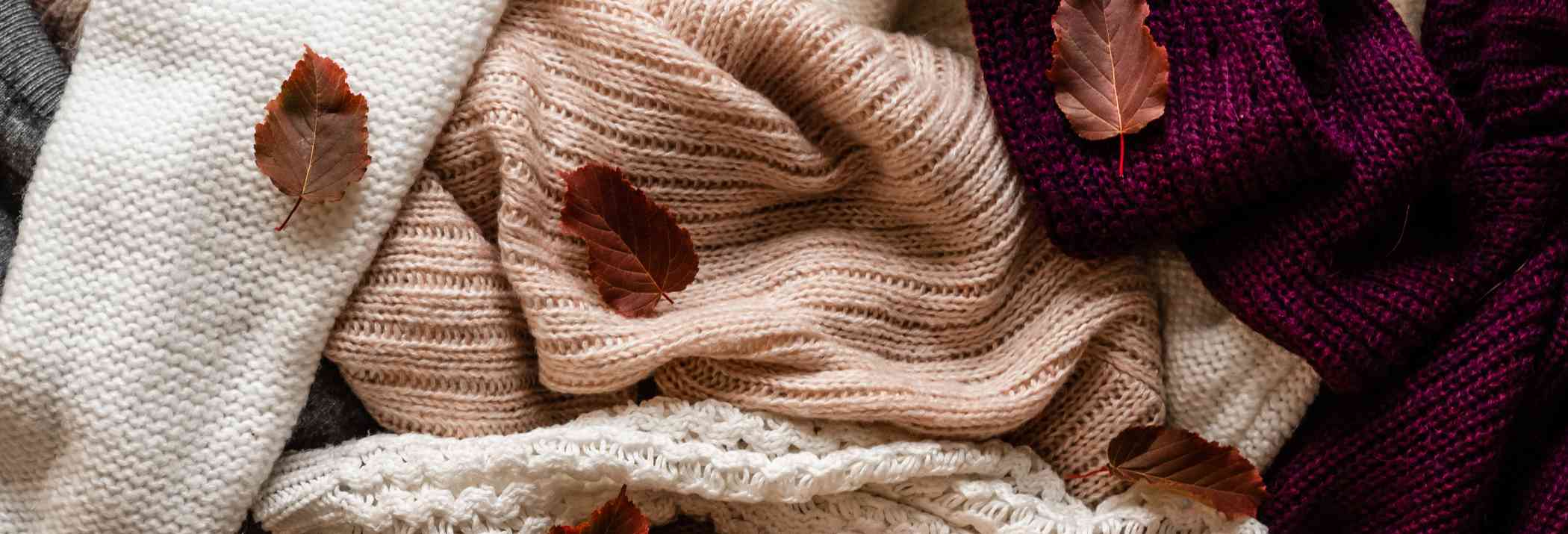Inspirations From 90s Fashion: A Designer's Playbook



The 90s were marked by the unexpected rise of sneakers, casuals, leather jackets, and overalls. Closing the 20th century with a bang became unexpected opium for the masses, and women's fashion was streamlined to feature minimalism.
As the decade closed, the fashion reached a relaxed state, with men and women altogether ditching formal wear for grunge, loosely tied, and oversized clothing. As jeans became the staple, the progression of the decade marked a turning point in the way women viewed their style. Disney merchandise occupied the kid's aisle, and the airwaves were dominated with the departure of office-style formal clothing.
Unlike the roaring 20s, it was the 90s when fashion merged with lifestyle and comfort to evolve sustainable and wearable style for all. Suddenly, you could see logo T-shirts and bedazzled jackets on the runway and knew that fashion as we know it is about to change forever.
While this wasn't the first decade where the amalgamation of pop culture and fashion reached its pinnacle, it certainly was the first where the emergence of distinctive figures such as 'superheroes' and 'supermodels' dictated the way we dressed and behaved.
From the aisles of Cindy Crawford and Naomi Campbell to Brooklyn's very own fashion parade, the era of 'Vogue' resonates deeply with the people. Here are some notable throwbacks from the glorious final decade of the 20th century.
The '90s — Events in Order
The decade started with a bang, with Vivienne Westwood winning the British Fashion Award and debuting her brand new collection in 1991. In the same year, Rifat Ozbet's all-white collection marked a new dawn of minimalist fashion in the world. With the release of Nirvana's latest single, "Smells Like Teen Spirit," the grunge style takes a life of its own.
As the fashion industry geared up for a brand new shuffle, Marc Jacobs was awarded at Fashion Designers of America, Tom Ford became Gucci's creative director, and John Galliano took over the operations at the House of Dior. The decade's closing was marked by great international turmoils with a ripple effect on the industry. As Gianni Versace's murder draped the stairs of his Miami home, the Fendi Baguette bag took the helm of the 'it bag' of the season.
10 Fashion Trends That Dominated The '90s
- Casual
If you're grateful for loose jeans and t-shirts being the acceptable outfit of today, you have the 90s to thank. Both men and women embraced casual wear in this decade. Untucked jeans became the typical casualwear, and styling was deeply influenced by the music of the era. Grunge, Britpop, and hip-hop rose to the Billboards as the relics of Jazz were set aside.
Old-school grunge bands like Nirvana and Pearl Jam dominated the culture and shopping stores. Not to forget, cardigans with holes became the elite fashion statement as Kurt Cobain became the style icon. Knitted sweatshirt, an oversized flannel, and crispy jeans with converse were basic picks for a go-to look.
Overall, the main vibe was disheveled, second-hand, and unruly thrift store purchases and the aim was to not look fashionable at all.
- Streetstyle

The rise of Gap, an American clothing retailer founded in 1969, marked a significant shift in how people worldwide bought clothes. With resistance to ironed linens and high-maintenance cotton, hooded sweatshirts and khaki cargo pants became the talk of the town. This was mirrored in designers such as Helmut Lang, who put a fashionable spun on traditional clothing. The onslaught of combat trousers and parkas, along with logoed clothing became the new normal.
- Branding
The '90s become the birth point of branding as we know it, with designers putting their brands as the main attraction and unique product selling point. Nearly all fashion houses, Tommy Hilfiger, Balenciaga, Tom Ford, and Chanel, perfected their clothing with heavy branding.
- Supermodel
The 90s are synonymous with Madonna's Blonde Ambition World Tour and supermodels. In a parallel world where Vera Vang opened her salon and designed bridal gowns, fashion models like Crawford and Campbell became instant celebrities. The success and recognition of the fragile, young, and individualized supermodels invented the 'heroin chic' still prevalent in the world of fashion. The supermodel clothing stood in deep contrast with the casual clothing — and both worlds coexisted in peace at the time.
- Sportswear
Jackets, sports merch, and baseball caps are a multi-billion dollar industry with its humble roots in the 90s, a decade that made wearing sportswear acceptable and fashionable. As the grunge faded into the background, the casual approach to fashion was co-opted by sportswear. The urban sportswear gave birth to the iconic Princess Diana biker shorts, 'Friday wear' and sweatshirts. The irresistible casual clothing became a turning point for designers, who began experimenting with cloth material for T-shirts and pants.
- Bohemia
Eastern influences with respect to women's fashion sparked a new interest within the industry, with millennials fast embracing the lures of millennial clothing. With influences from the middle east and the styling of embroidery, fabrics, and prints, the bohemia style was seen for the first time. A revolution, led by British designer Matthew Williamson, took over the world with a storm as he introduced ethnic embroidery into the world of Western fashion. Following these developments, Italian design houses such as Fendi and Marni also introduced a mixture of fabrics in fashion shows.
The 90s were also the starting point of low-slung jeans, low waist skirts, crop-tops, and exposed midriff.
- Brit-pop and hip hop
Like every other decade, musical figures dominated the fashion landscape of the 90s. Throughout the decade, the rise of Britpop and other musical icons brought forth the fashion from the other side of the pond to America. The 90s also saw a distinguished revival of the 1960s, as clubwear was strategically transformed into retro sportswear. The preppy style files continued till the end of the millennia, with the premier and popularity of The Fresh Prince of Bel-air.
Will Smith's many contributions to the film include navy blazers, Oxford shirts, and khaki pants. Like Dawson Creek's characters, the late-nineties popularized baggy pants, billowy shirts, and untucked shirts. The extreme downsizing of local stores and the emergence of 'mall-shopping' became the trend that sustains to this day. With the introduction of zany colors and unruly patterns, the fashion throughout the decade for men and women remains distinct and instantly recognizable.
- Turtleneck
Enduring shoulder pads of the 70s paved the way for the iconic turtlenecks of the 90s. Lapped up by musical icons and actors alike, the turtleneck became a staple of men's clothing and registered a turning point in how they viewed themselves. Embraced by Dwayne Johnson, Matt LeBlanc, and David Schwimmer, the black turtleneck was launched in mainstream fashion to deliver an easy and quick fashion to the world. Unlike the metallic jackets and mesh shirts, turtlenecks were manageable and gave a slimming look to the body.
- Leather Jackets

90s fashion created a space for men to ditch the office formals and dress like rockstars. With the rise of fashionable pop icons such as Prince and George Micheal, the leather on leather look became a go-to attire for men. Leather jackets came in all shapes and forms, from military to plain blacks, and gave men an area to explore their wild, fashionable style.
- Denim
There's nothing more to expect than a full-blown denim trend to emerge from the decade in which Micheal Jackson released the iconic video "The Way You Make Me Feel." Deep in the trenches for the hero of the hour, the masses rallied behind Jackson and his charade as they displayed the denim overalls to win back his girl.
Heroes of the iconic movies such as Speed and The Shawshank Redemption also marked 90s urban fashion. In a departure from the '80s slimmed down and bedazzled denim, the 90s saw oversized and long denim shirts that were in sync with the casual chic of the decade.
Honorable mention: Layers
Layering as a concept was conceived and perfected in the 90s. The soft slip-on over a white shirt, the full sleeves under a half sleeve, and the statement double tanks are all relics of the decade.
In conclusion,
The decade was marked by a theme circumventing all significant trends in the utmost rejection of perfect poses and straight fashion in the pursuit of rebellious dressing and comfortable wear. As we transcended the new millennia, the class gap eroded, and fashion saw a downstream appraisal — with major fashion houses literally seeking inspiration from people on the street rather than pursuing the traditional ways of inspiring the masses.



















